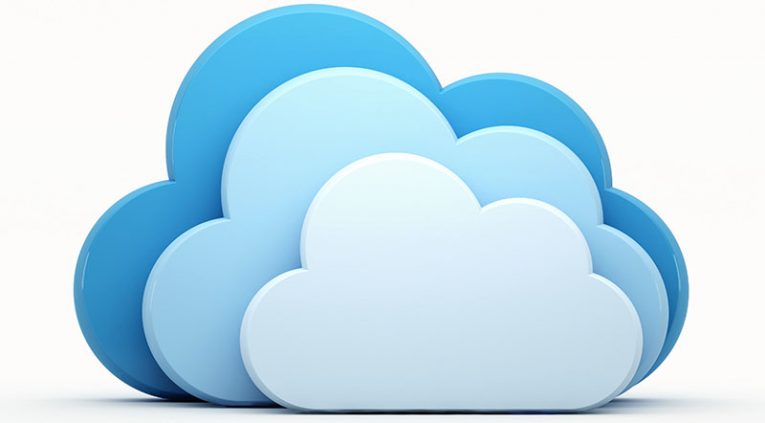Top 8 Cloud Security Threats That Could Threaten Your Virtual Security

Cloud storage and cloud backup have become synonymous with modern technology. Everything is being uploaded to the cloud these days, your pictures, videos, work files, even the document I'm writing this article on is being backed up on the cloud in case an unexpected event forces me to close the file without saving first.
All this is for good reasons. Cloud storage is so much more secure and efficient than local storage that it's not even funny. However, that doesn't mean cloud storage is invulnerable. There have been enough data leaks of clouds that you should know that. Here' we'll break down the top 8 most common threats to data in the cloud.
Table of Contents
System vulnerability exploitation
A vulnerability in any given computer system means a bug which can be used by hackers to find a backdoor to the system itself slipping past the anti-malware software. A hacker could exploit such a vulnerability to steal data, shut down the system service or even take control entirely. Because cloud-based systems share memory and resources this can be exceptionally dangerous. Taking advantage of system vulnerabilities leads me to my next point.
Data breaches
Exploiting a system vulnerability is but one of the ways a cloud can experience a data breach. According to the Cloud Security Alliance (CSA), targeted attacks, human errors, and poor security practices can also lead to a data breach. Hackers might be after different kinds of data depending on who the cloud belongs to including but not limited to personal information, financial data, ID fraud, health information, trade secrets, and IPs.
Account theft
While this is not exclusive to cloud-based systems, it is a major threat and one that has adapted uniquely to the platform. Should the hackers gain access to your account they can listen in on conversations, spy on user transactions, steal data, distort information and redirect customers to fake or cloned websites.
Unsafe interfaces and application programming interfaces (APIs)
A cloud provider must give its customers APIs which they can use to interact with the cloud itself. Management and observation of the user's accounts are both performed through these APIs, and the safety and accessibility of all cloud services heavily depend on the condition of the APIs. If they're not designed with a strong enough security malicious third parties could exploit their weaknesses to breach the cloud.
Beware of Advanced Persistent Threats (APTs)
APTs are a set of sneaky and nonstop computer hacking processes, usually organized by a hacker or hacker group after a specific target. They usually attack either private organizations, nation states or both for various financial or political purposes. Advanced persistent threats usually work slowly and quietly over long periods of time, they can blend in with normal data network traffic and even adapt to security measures, according to CSA.
DoS and DDoS attacks
A Denial-of-service attack or DoS is a hack in which the culprit tries to make a computer or a network of computers inaccessible to its intended users by permanently interrupting its services. A DDoS is short for Distributed Denial of Service and is similar to the DoS attacks with the difference that DDoS is a type of hack where multiple systems are being compromised. By making the targeted cloud service consume excessive amounts of system resources (which are finite) like processor power, system memory, HDD space, or network bandwidth, hackers can temporarily shut down a cloud service or prevent access to it.
Lost Data
Although we think data stored on the cloud is safer than data stored locally it can still be lost and not just to hackers or viruses. It could be lost to a natural disaster, like an earthquake, a fire, or a flood for example. It could also be lost to human error or other unforeseeable factors. A good cloud provider backs up user data in the event of just such an accident.
Shared system weaknesses
Cloud providers obviously need to use hardware which shares infrastructures to function. The problem is that sometimes a cloud provider may choose to use hardware and software that weren't designed with multi-tenant architecture or multi-customer applications in mind in an attempt to save money. This could cause trouble in the long run since it can lead to shared system vulnerabilities, which can be exploited by nefarious third parties.








